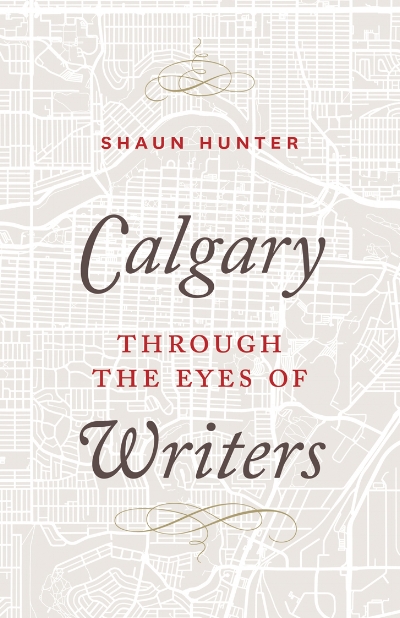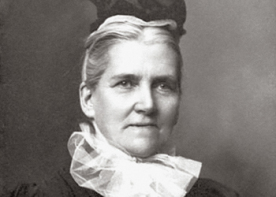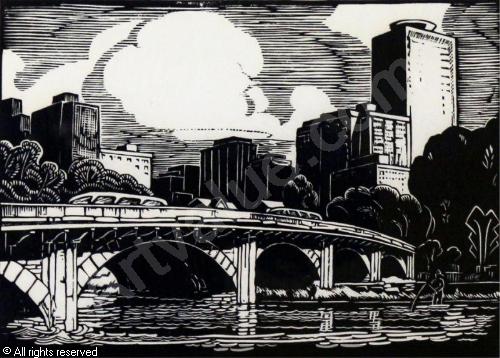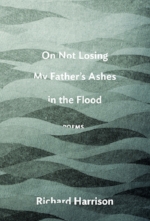Standing in front of Loft 112, soon to be home to Calgary’s first Bookmark, with poet Rosemary Griebel, Loft 112 director Lisa Murphy-Lamb, and painter Stacey Walyuchow.
Something wonderful is coming to Calgary in Fall 2019! The city’s East Village has been chosen as the site of Alberta’s first stop on Project Bookmark Canada’s national literary trail.
Calgary’s Bookmark will feature Rosemary Griebel’s poem “Walking with Walt Whitman Through Calgary’s Eastside on A Winter Day.” A permanent plaque will be installed in front of Loft 112, a creative and literary hub on 8th Avenue East in Fall 2019.
As a member of the Calgary Reading Circle for Project Bookmark Canada, I am thrilled to tell you that a generous grant from Glasswaters Foundation has helped bring this Bookmark to Calgary. We have a little more money to raise and would be grateful for your support. (You can make a charitable donation to the Calgary Bookmark here.)
Check out Project Bookmark Canada’s website for the full announcement about the Calgary Bookmark. You can also listen to the interview Rosemary and I did on the CBC Homestretch, or read the story on the CBC Calgary website.
Thanks to Lisa Murphy-Lamb, Director of Loft of 112, who has offered to host the Bookmark, and Calgary artist Stacey Walyuchow whose painting “Rosemary’s Walk” was inspired by the poem and graces our campaign.
I’ll leave you with Rosemary Griebel reading “Walking with Walt Whitman Through Calgary’s Eastside on a Winter Day” (at the 2-minute mark) — a beautiful poem that speaks to the human heart of one of Calgary’s oldest and most storied neighbourhoods.


















